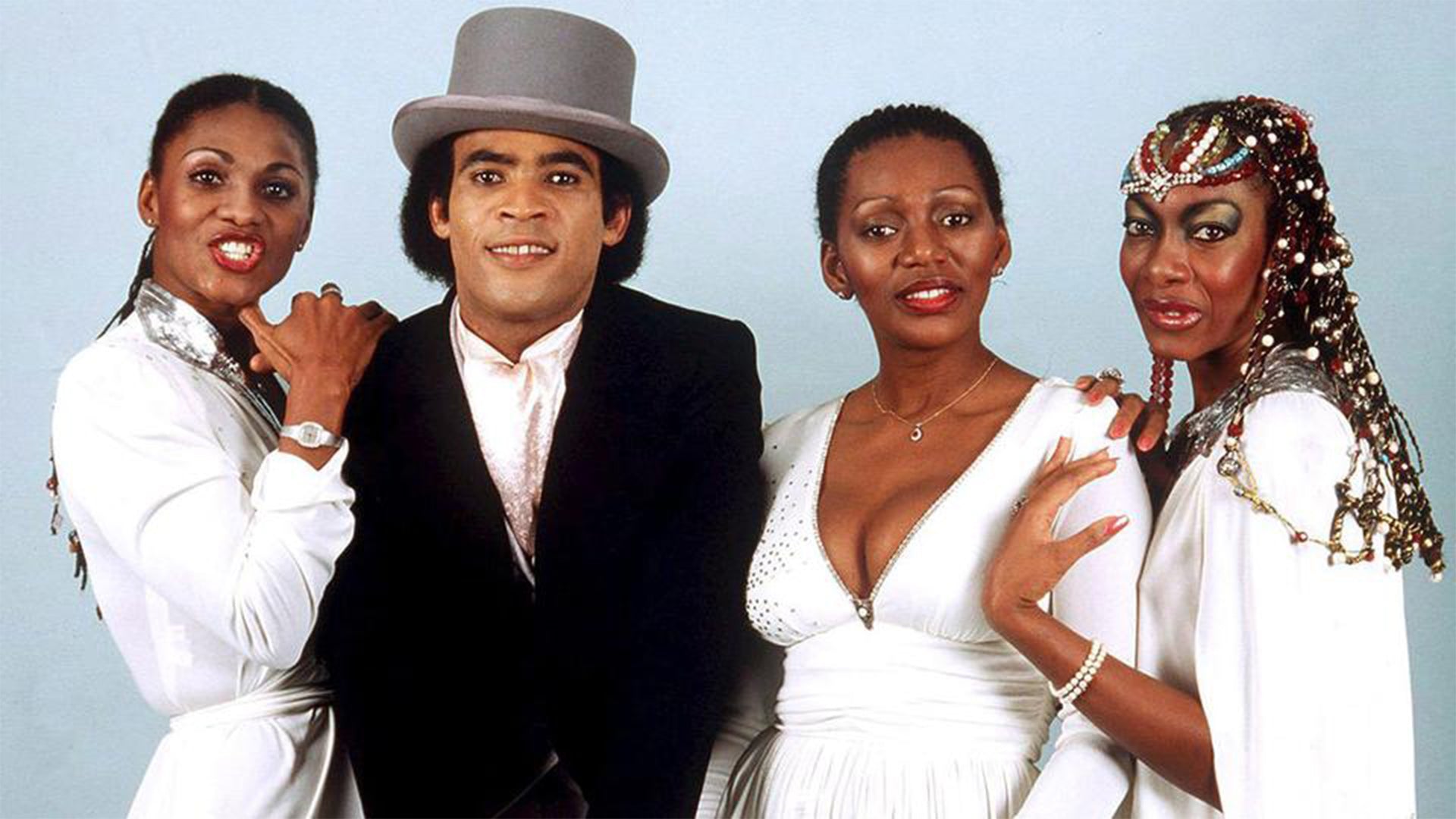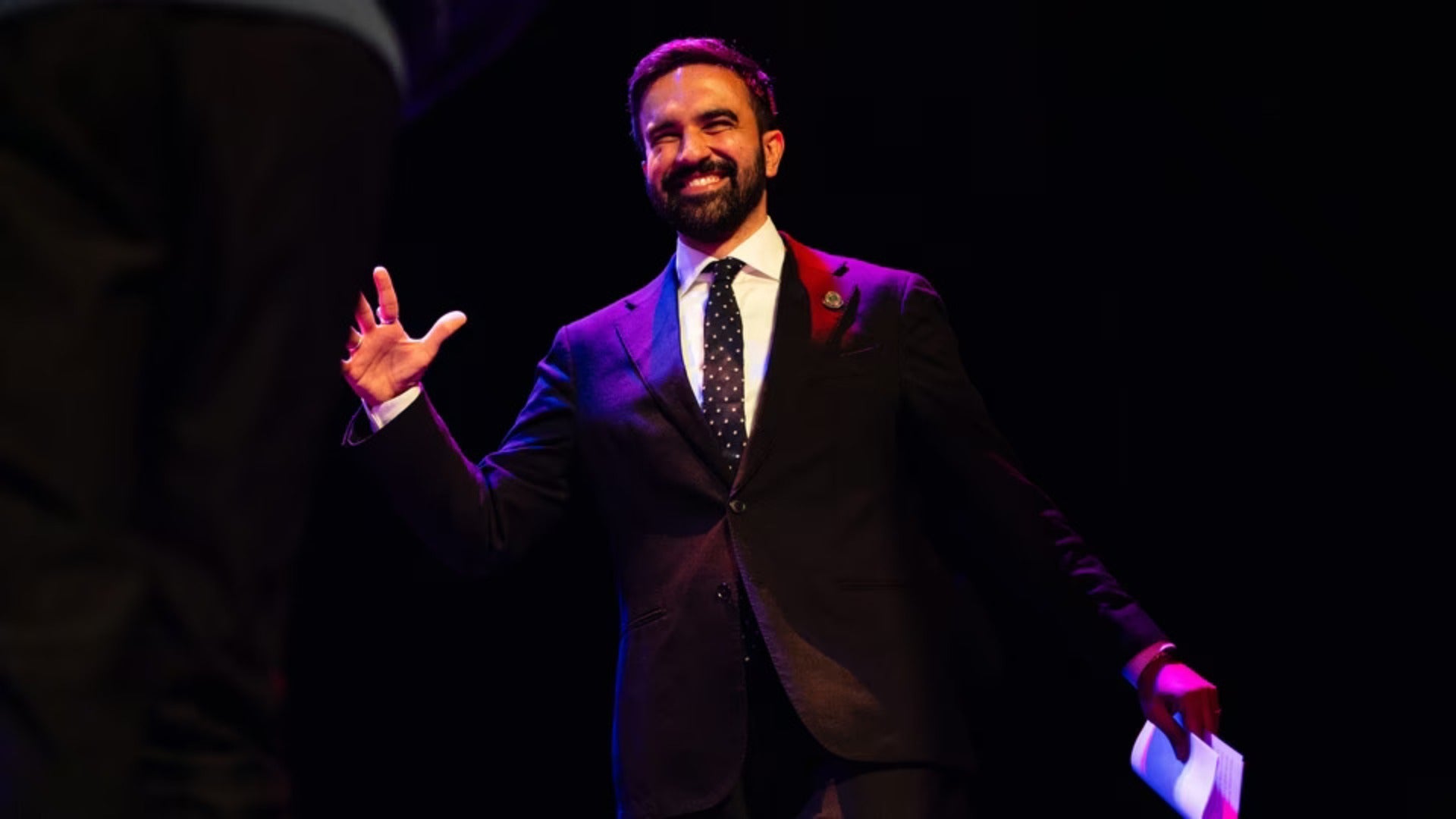The Story of Certina Watches

Certina S.A. was founded in 1888 when Adolf and Alfred Kurth opened their first movement and supplies factory for the watchmaking industry in Grenchen.
In 1906 the Certina brand name was used for the first time, with Adolf and Alfred choosing to call their watches "Grana", short for "Granatus" - the Latin name for Grenchen.
In 1938 the company adopted the name "Certina", taken from the Latin word "Certus", meaning "assured" or "certain", as its trademark for the export and marketing of their watches.

Certina's initial staff consisted of three people who worked in a workshop attached to the family's home. They took a few years to start producing complete watches and timepieces, which they did in addition to producing movements for other companies.
The company celebrated its 50th anniversary in 1938. It employed 250 people at the time, increasing to 500 in 1955, with a daily output of 1000 pieces! By 1970, they employed approximately 900 people and produced 100,000 watches per year.
In 1971, to consolidate their efforts with others, the owning family joined General Watch Co., a newly created sub-holding of ASUAG (Allgemeine Gesellschaft der Schweizerischen Uhrenindustrie).
Certina's expansion was halted by the introduction of low-cost, reliable automatic and quartz watches from Japan (as a result of their strategic management's ideas).
The restructuring included abandoning their own calibre manufacturing, and operations were moved to Biel/Bienne and the entity Edox & Technos by the end of the 1970s.
The company was able to keep some of its properties under the new management, particularly in the Scandinavian countries. Certina S.A., along with Mido and Tissot, became a member of a new managerial entity known as Le Locle after the SSIH and ASUAG companies merged.
The company began producing wristwatches in 1938, primarily for women's watches because men still preferred pocket watches.
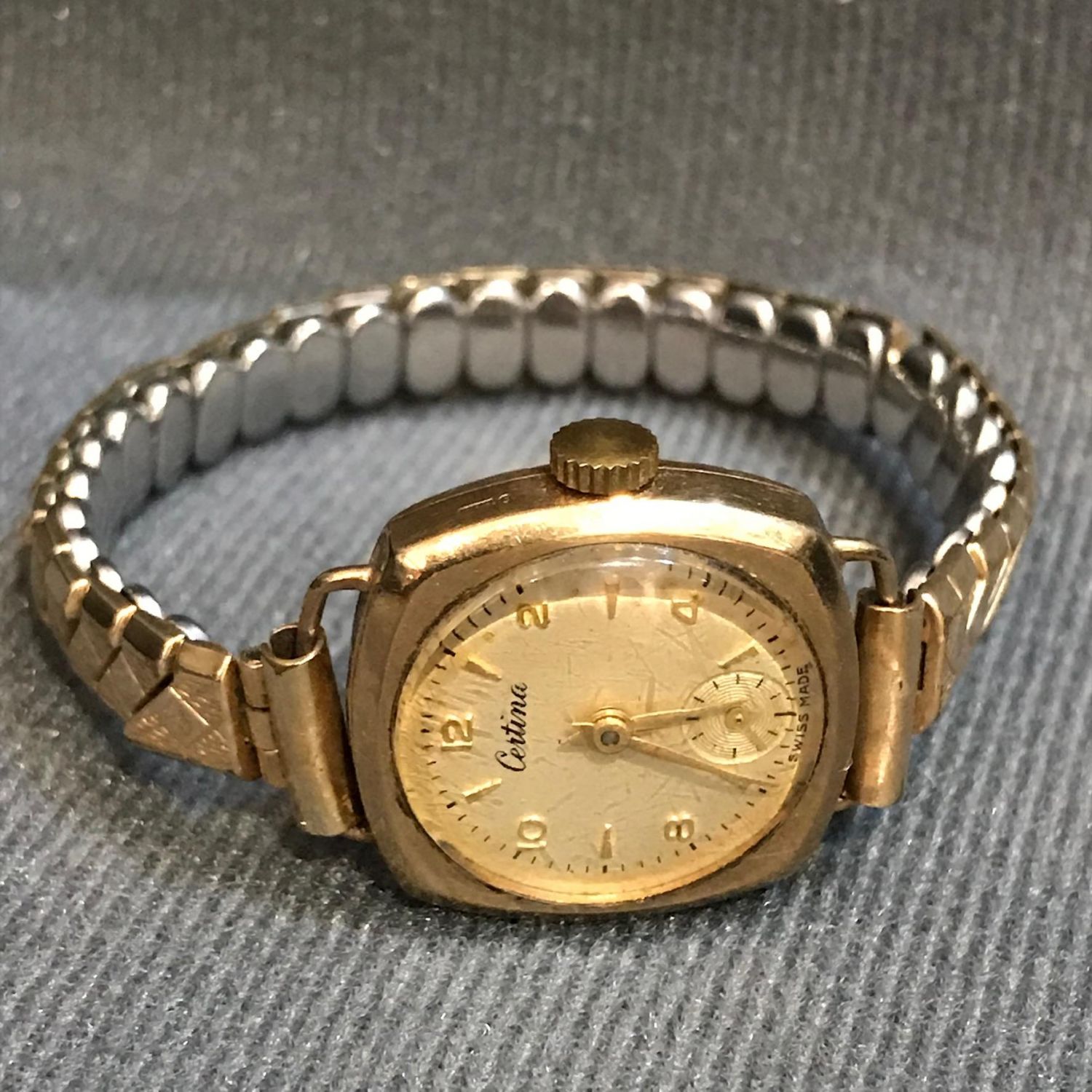
Certina was the first company to produce a digital watch in 1936. It was powered by a spring mechanism. Instead of using hands, rotating discs with inscribed numbers were used to display the time.
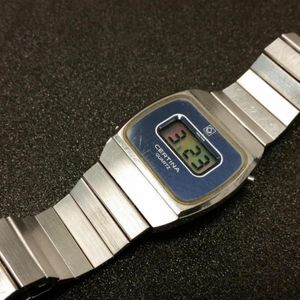
In 1959 Hans and Edwin Kurth set themselves the objective of creating a new marketplace niche based on quality through engineering and technical design. Thus the company created the concept of suspending the watch movement inside a highly reinforced case, which was named DS after "Double Security".

These were the first watches to feature 6 m water resistance and shock resistance (previous watches were set at 2.2 metres). The watch was carried up the Himalayas by a team who climbed Dhaulagiri, and it survived all pressure and altitude changes with flying colours.
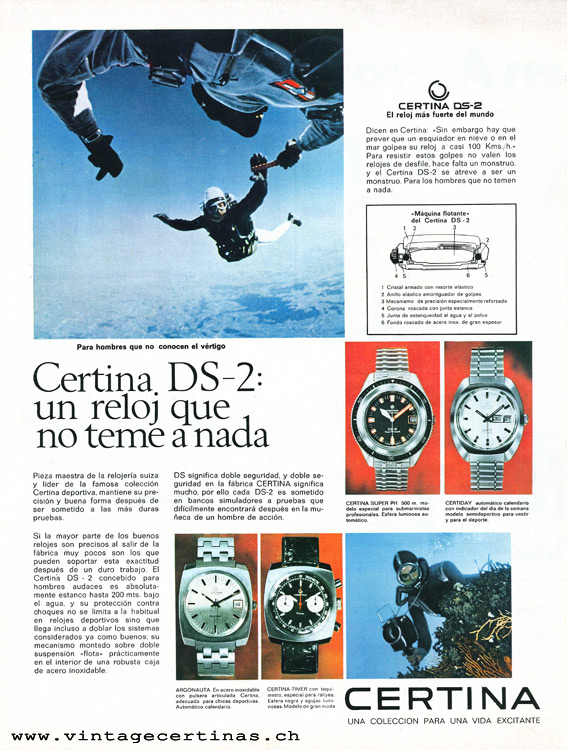
The Biostar, the world's first watch that displayed human biorhythms, was introduced in 1971.

"Scratchproof": in collaboration with Rado, developed the "unscratchable" DS-DiaMaster in tungsten carbide.
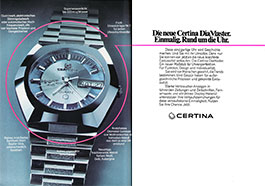
Ole Einar Bjrndalen, Oliver Keller, Muhammad Ali, and Stéphane Kox were among the well-known Brand Ambassadors.

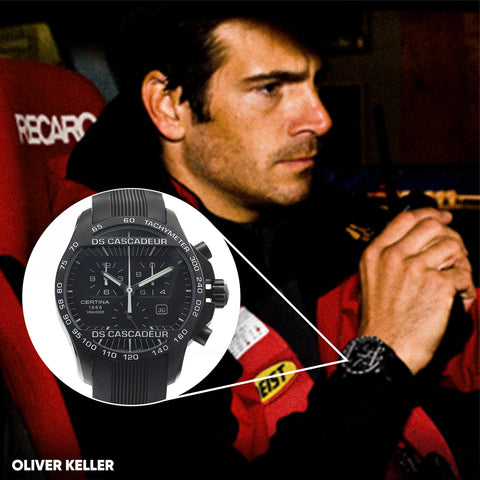
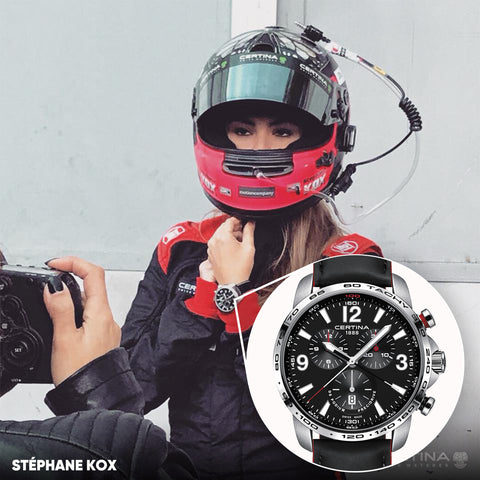
_____




